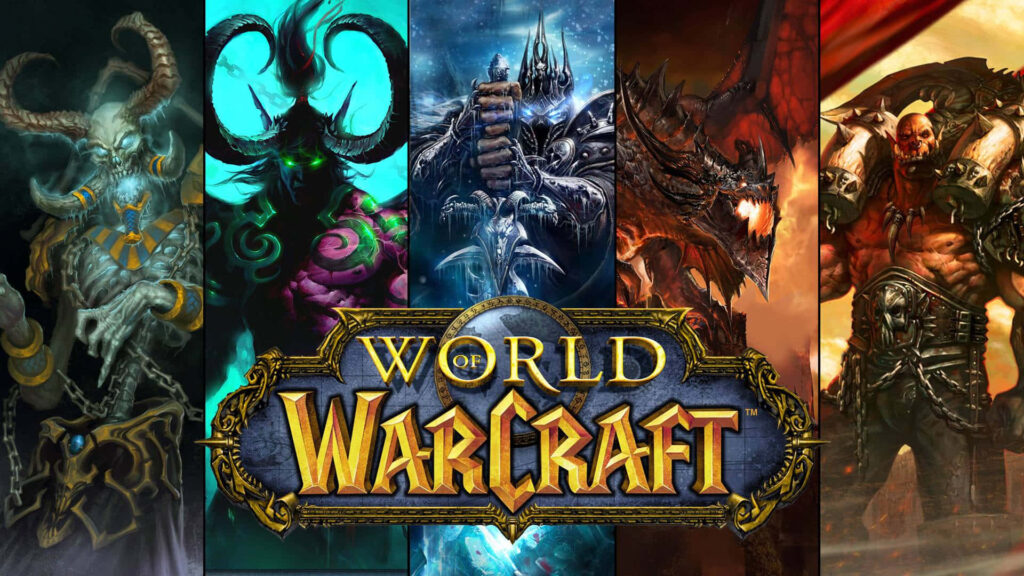The realm of video games, ever-expansive and diverse, has seen a multitude of titles across decades that have captured the hearts and imaginations of millions. These games, transcending mere entertainment, have become cultural touchstones, shaping not just gaming communities, but also influencing media, technology, and social interactions. In this exploration, we delve into what sets the most popular games of all time apart, examining their design, impact, and legacy.
The Allure of Storytelling
At the heart of many legendary videogames lies compelling storytelling. Titles like “The Legend of Zelda” and “Final Fantasy” have been celebrated for their intricate plots, well-developed characters, and immersive worlds. These narratives provide more than just a backdrop for gameplay; they offer an emotional connection, drawing players into the games’ universes and compelling them to return. The storytelling in these videogames often deals with universal themes – good vs. evil, heroism, and adventure – making them resonate with a broad audience.
Innovation and Gameplay
Innovation in gameplay mechanics has been a significant factor in the success of many top videogames. When “Super Mario Bros.” was released, its smooth scrolling and precise control mechanics set a new standard for platform games. Similarly, “Half-Life” revolutionized first-person shooters with its seamless narrative integration and physics-based gameplay. These games didn’t just excel in their respective genres; they reinvented them, offering new ways for players to interact with and experience game worlds.
Trends in Mobile Gaming
Mobile gaming has significantly altered the landscape of the gaming world, democratizing access and introducing new dynamics in game design and player engagement. The advent of smartphones brought gaming to a vast, diverse audience, transcending traditional boundaries of age and gaming experience. Videogames like “Subway Surfers”, “Among Us”, and “Klondi

Source: klondike-solitaire.online
ke Mobile Solitaire” became household names, offering easy-to-learn yet addictive gameplay that appealed to casual gamers. The portability of mobile devices allowed gaming to fit into various aspects of daily life, turning moments of downtime into opportunities for play.
Cultural Impact and Community
The cultural impact of a game often plays a crucial role in its popularity. Videogames like “Minecraft” and “Fortnite” have transcended gaming to become part of broader popular culture, influencing fashion, music, and even language. The community aspect is also crucial. Multiplayer games create social spaces where players can interact, collaborate, and compete, forming tight-knit communities and even friendships. This social element transforms gaming from a solitary activity into a shared, communal experience.
Graphics and Artistic Expression
While not the sole determinant of a game’s success, graphics and artistic design contribute significantly to its appeal. Videogames like “The Witcher 3” and “BioShock” are lauded for their stunning visuals and artistic direction, enhancing the overall experience. Artistic expression in games can also manifest in less realistic, more stylized forms, as seen in videogames like “Okami” or “Journey.” These games use unique visual styles to create distinct, memorable worlds.
Sound and Music
Sound design and music are often unsung heroes in popular videogames. Iconic soundtracks from games like “The Elder Scrolls V: Skyrim” and “The Legend of Zelda” series have become almost as famous as the games themselves. The auditory experience in these videogames does more than just accompany the action; it enhances mood, builds tension, and becomes integral to the world-building.
Accessibility and Inclusivity

Source: ea.com
The accessibility and inclusivity of a game can significantly impact its popularity. Games that cater to a wide range of players, both in terms of skill level and cultural representation, tend to attract larger audiences. Titles like “The Sims” and “Animal Crossing” are exemplary in this regard, offering easy-to-learn mechanics and inclusive character options. These videogames not only appeal to traditional gamers but also reach broader demographics, including those who might not typically engage with video games.
Evolving Technology and Game Design
The evolution of technology has played a crucial role in shaping popular games. Advances in hardware and software have allowed developers to create more complex and visually stunning experiences. For instance, the transition from 2D to 3D in the 1990s opened up new possibilities for game design, as seen in pioneering titles like “Super Mario 64” and “Tomb Raider.” These videogames didn’t just leverage new technology for improved graphics; they redefined how players could interact with virtual environments, setting new standards for gameplay and exploration.
Player Agency and Choice
Another defining feature of many popular videogames is the emphasis on player agency and choice. Games like “Mass Effect” and “Skyrim” offer players the ability to make choices that affect the game’s world and story, providing a personalized experience. This level of interactivity and choice gives players a sense of ownership over their gaming experience, fostering a deeper connection to the game and its characters.
Challenges and Rewards
The balance of challenge and reward is a delicate art in game design. Popular videogames often find the sweet spot where they are challenging enough to be engaging, but not so difficult that they become frustrating. “Dark Souls” is a prime example of a game that has garnered a massive following due to its challenging gameplay and the rewarding sense of accomplishment that comes with it. On the other hand, games like “Mario Kart” offer a more casual, accessible form of challenge, appealing to both hardcore and casual gamers.
Longevity and Replayability

Source: insider-gaming.com
Longevity and replayability are key factors in the enduring popularity of some games. Titles like “World of Warcraft” and “Counter-Strike” have remained popular for years, even decades, thanks to their evolving content, competitive gameplay, and active communities. The ability of a game to remain relevant and enjoyable over a long period is a testament to its quality and appeal.
The Role of Nostalgia
Nostalgia also plays a significant role in the popularity of certain videogames. Classic games like “Pac-Man,” “Tetris,” and “Super Mario Bros.” hold a special place in the hearts of many players who grew up with them. The enduring appeal of these games is not just due to their intrinsic qualities but also the fond memories they evoke. This nostalgia factor often leads to successful remakes and remasters of classic videogames, introducing them to new generations of gamers.
End Note
In conclusion, the most popular games of all time distinguish themselves through a combination of storytelling excellence, innovative gameplay, technical prowess, and emotional resonance. These games not only provide entertainment but also foster community, invoke nostalgia, and frequently set new standards in the gaming industry.



